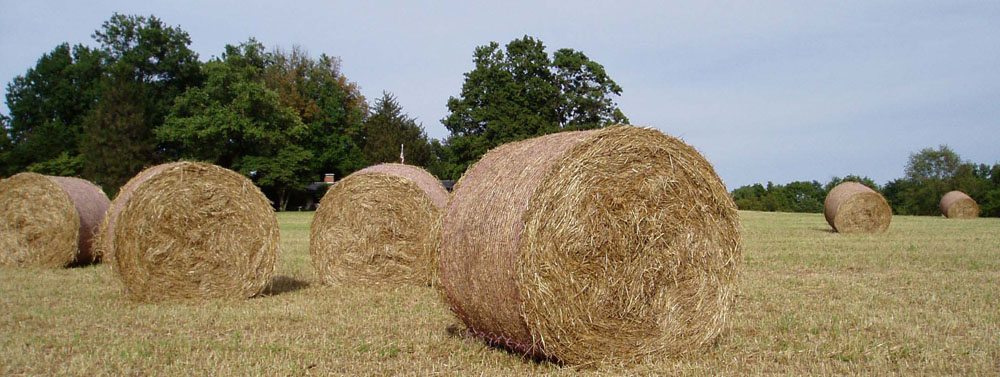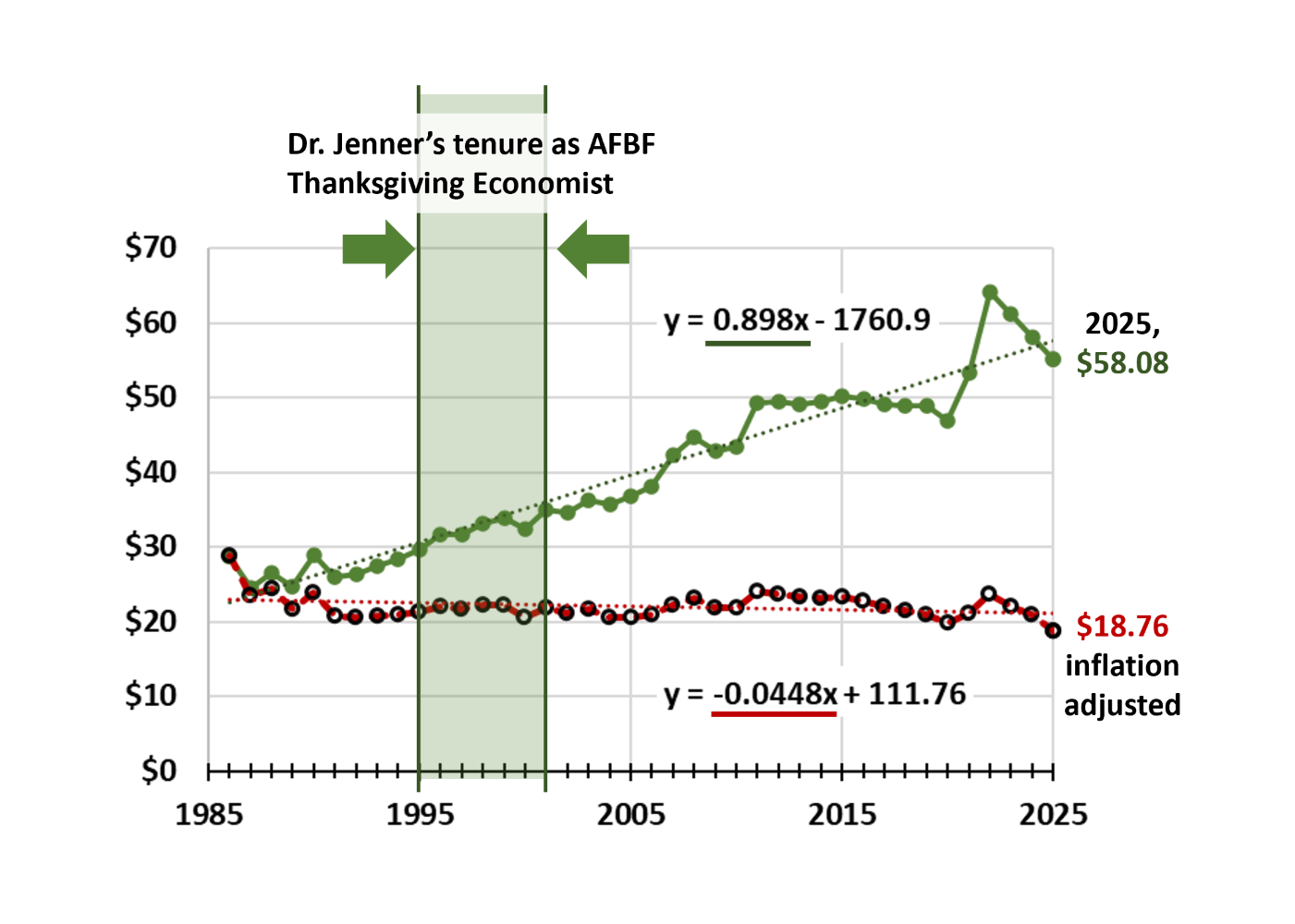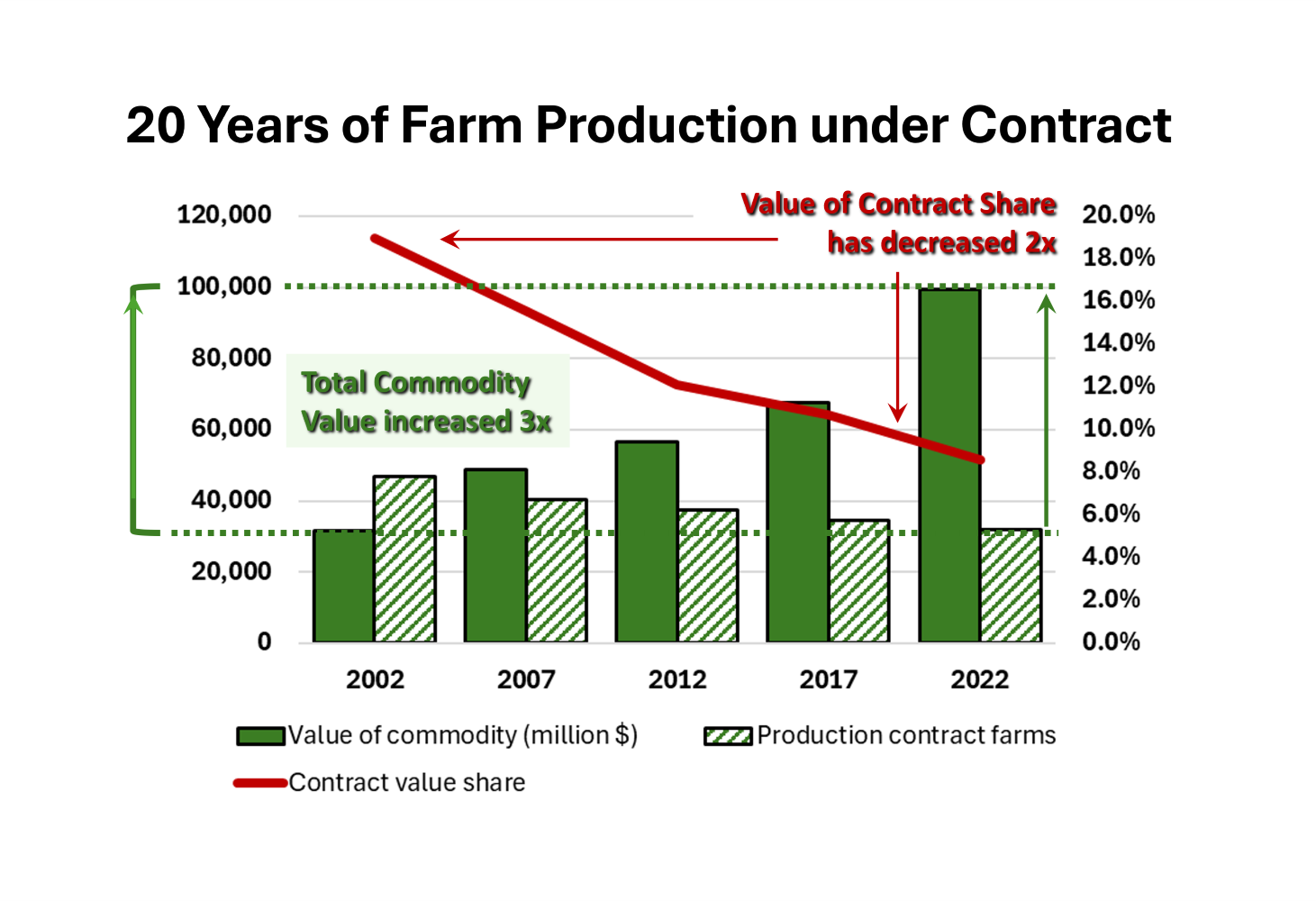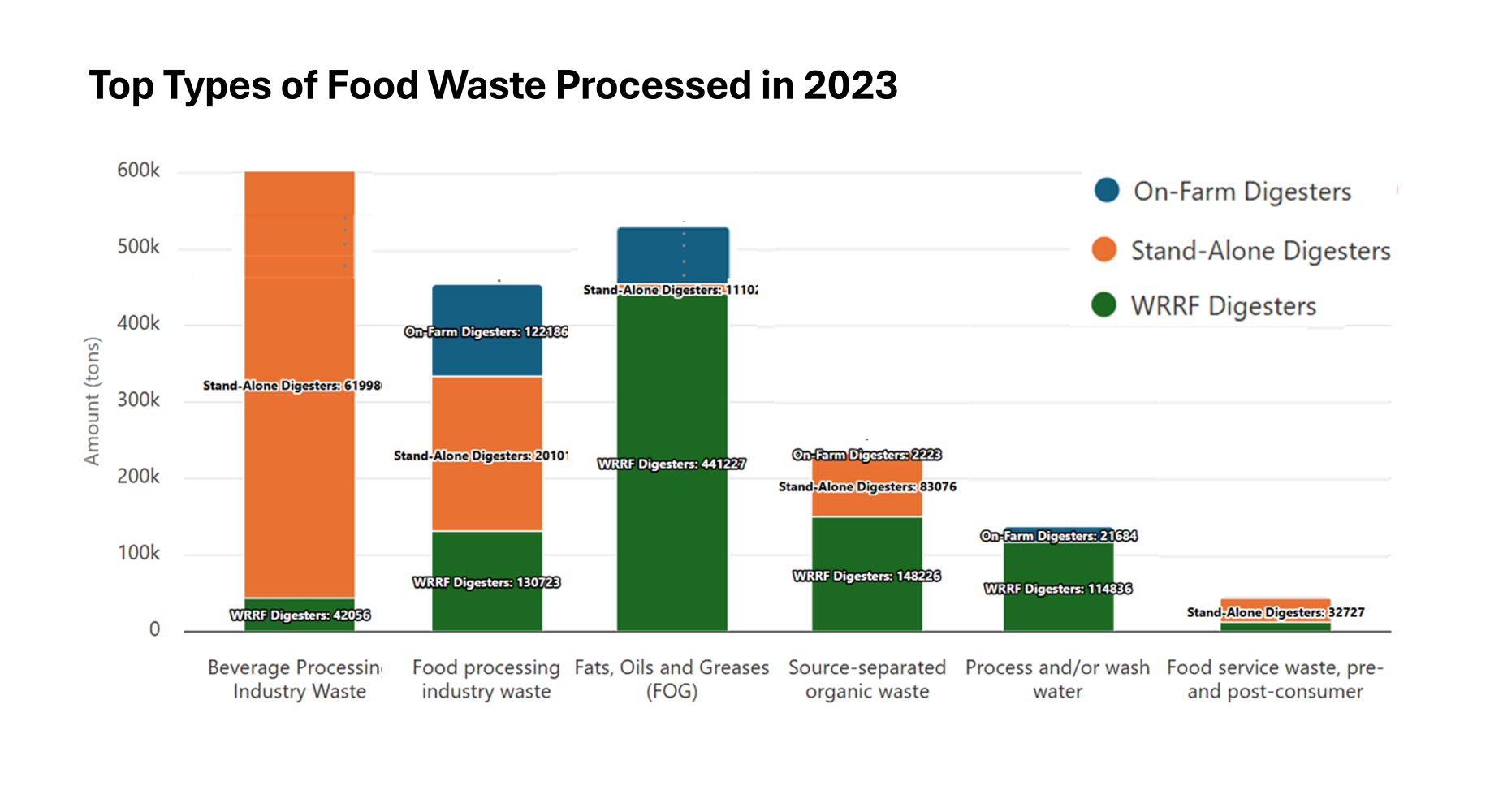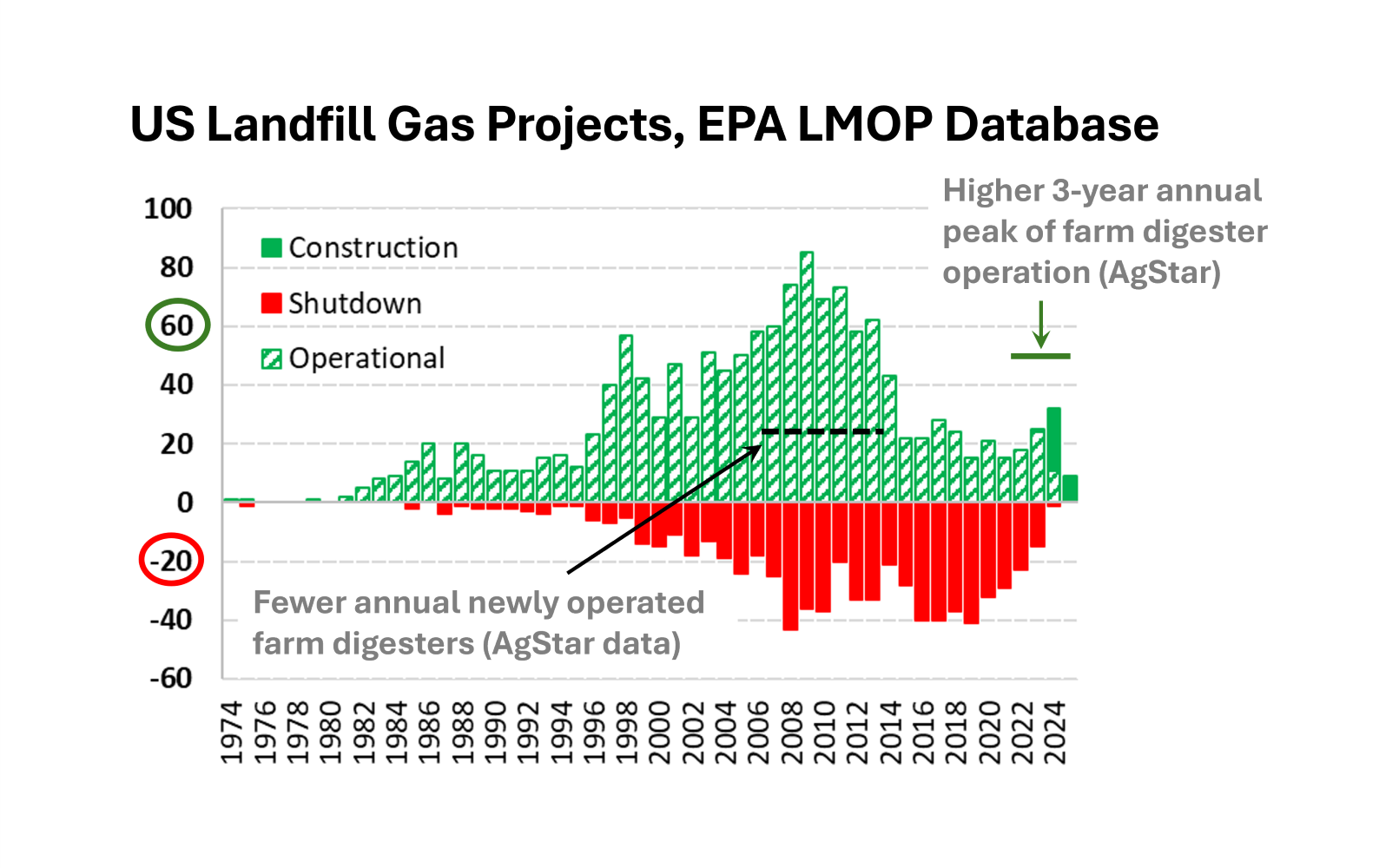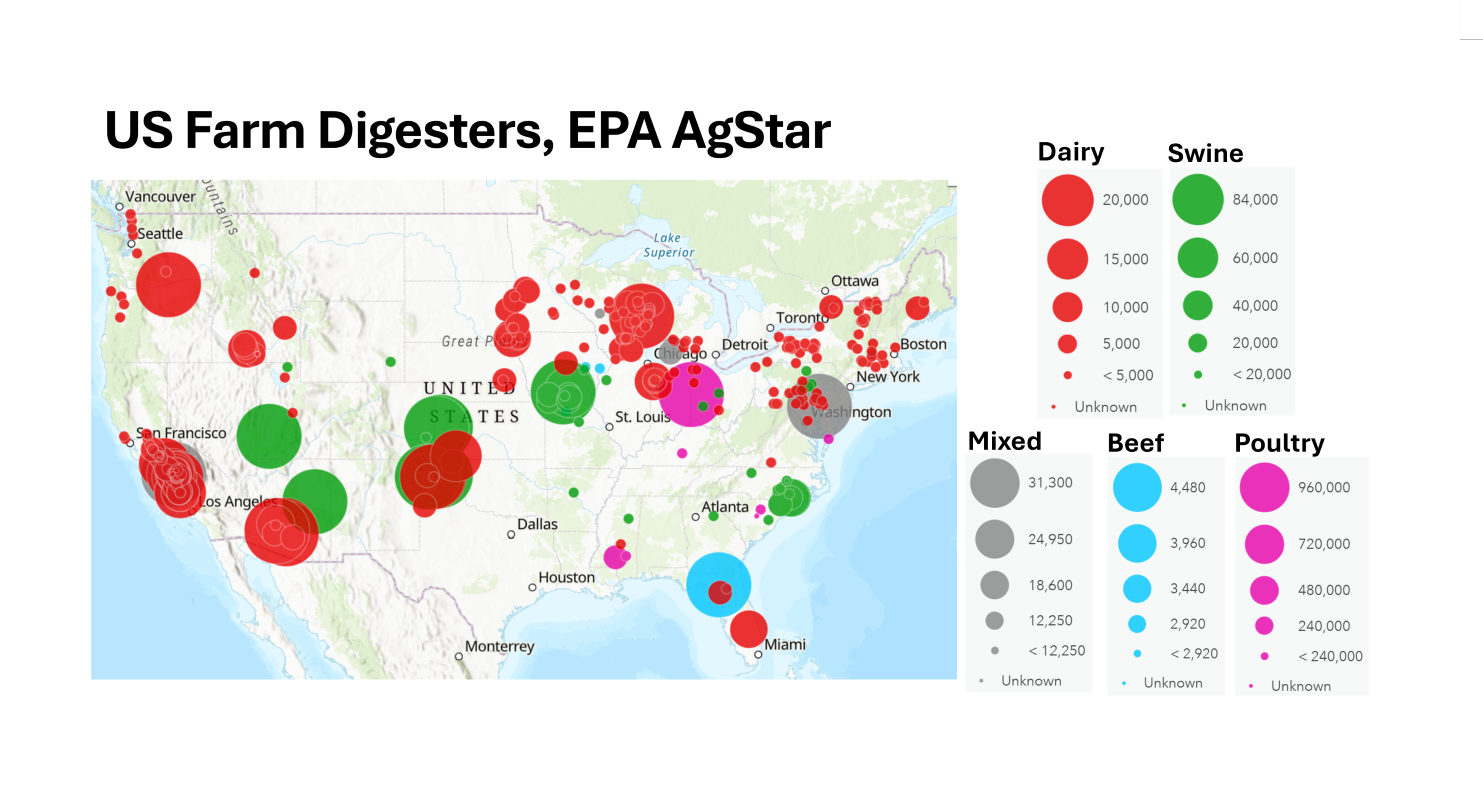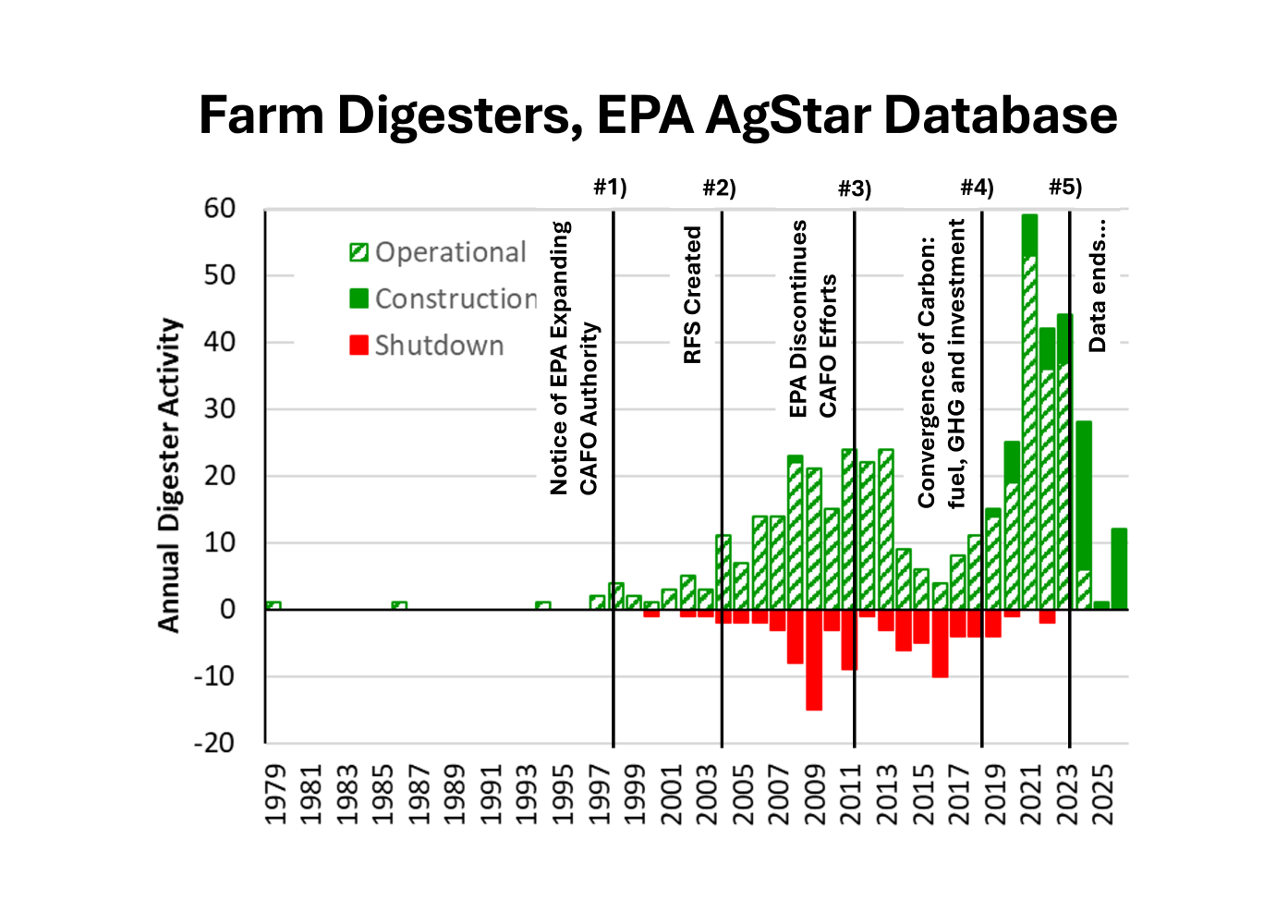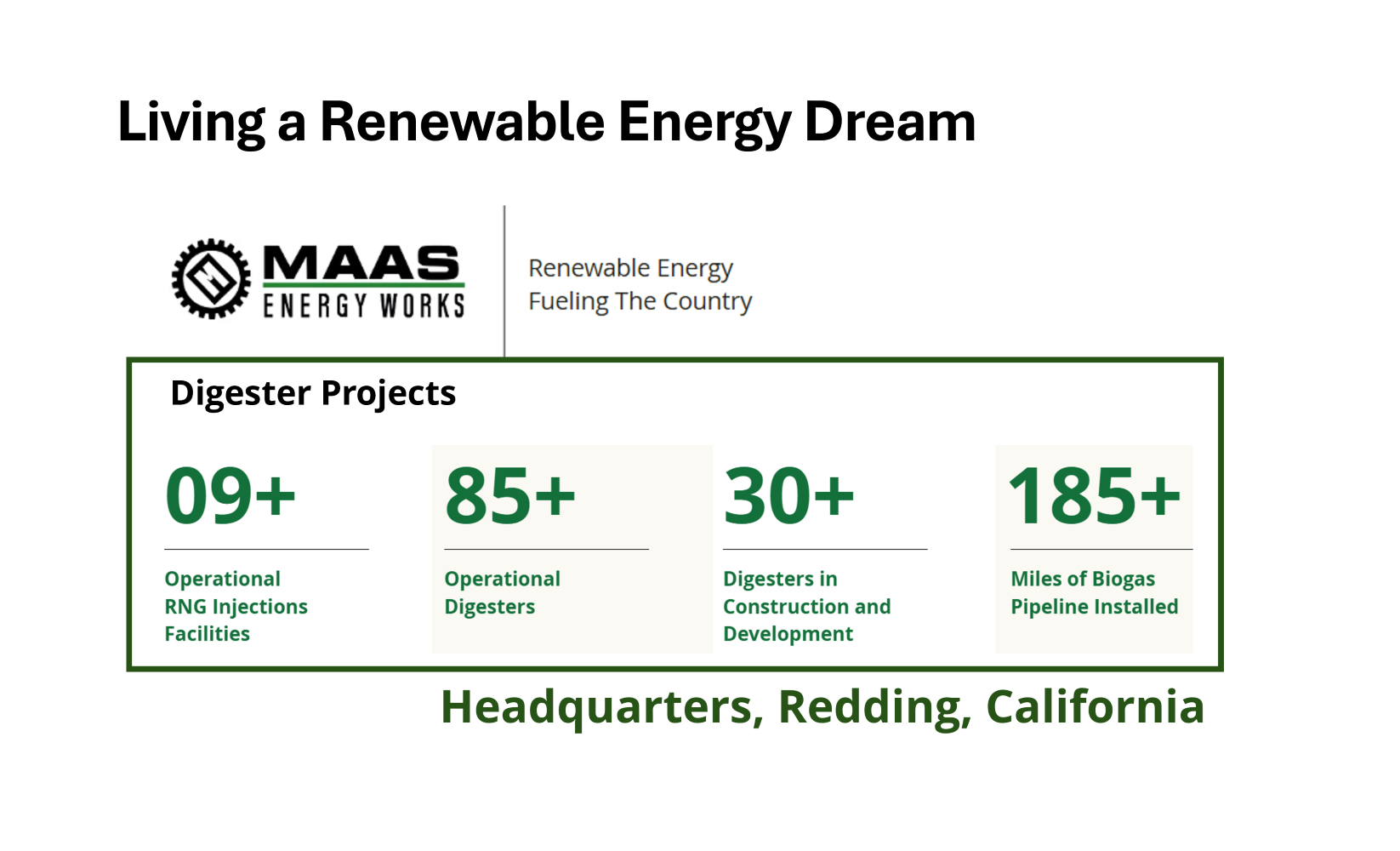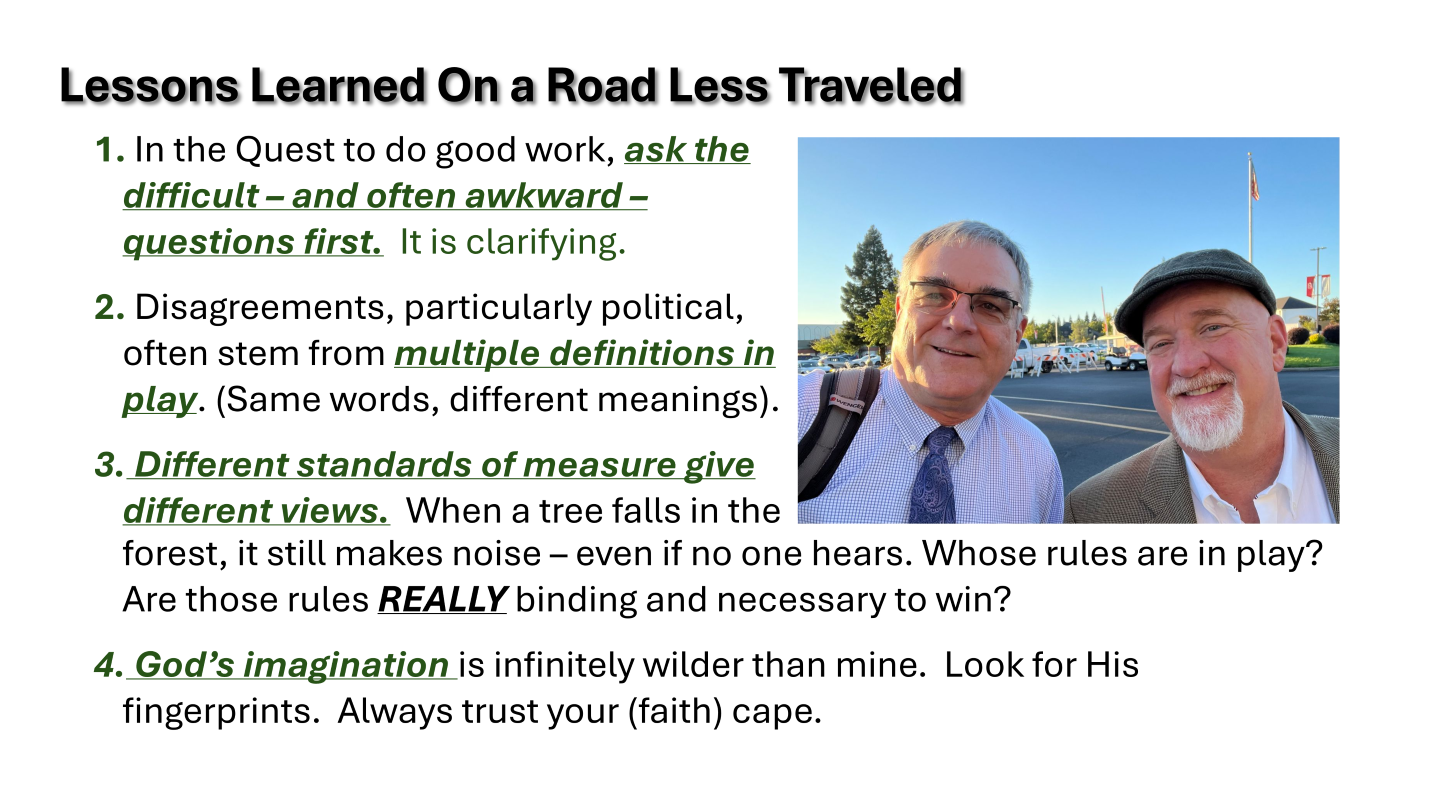Industry Terminology has a Powerful Policy Impact – Definitive Power
I had the unique privilege of being hired by the American Farm Bureau Federation in 1995 – straight out completing my PhD – because I had three graduate degrees in manure management. My other Farm Bureau responsibilities included eggs, … Continue reading →

